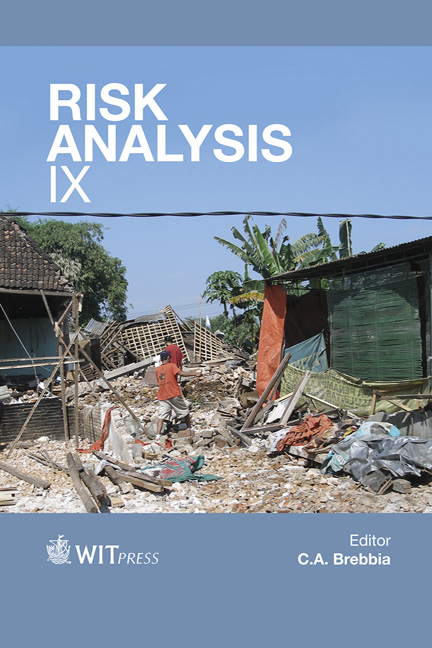Seismic Risk Assessment Of Reinforced Concrete Buildings
Price
Free (open access)
Volume
47
Pages
12
Page Range
73 - 84
Published
2014
Size
926 kb
Paper DOI
10.2495/RISK140071
Copyright
WIT Press
Author(s)
C. S. Dragomir, & A. S. Tronac
Abstract
Earthquakes originating from the Vrancea seismic source in Romania affect large areas which include neighbouring countries such as Bulgaria or the Republic of Moldova. In Romania, over 50% of the territory and population is exposed to the Vrancea earthquakes; consequently, there are many pre-code Reinforced Concrete (RC) buildings. This type of buildings should be strengthened in accordance with the European and National Codes in force. Different scenarios of dynamic amplification on physical models tested on shaking tables in the laboratory and actual case studies were examined as to the provisions in force. The objective of this contribution is to propose a control method based on both seismic monitoring and the structural analysis of a RC building. The building considered was designed as a five stories masonry structure with reinforced concrete cores that was erected during the 1950s. The paper aims to assess the RC building by comparatively presenting the strengthening techniques of irregular RC buildings with reference to their structural performance. It suggests alternative solutions based on modern technologies and provides a practical and applicable interpretation of dynamic amplification at the upper part of buildings. In conclusion, it may be said that seismic instrumentation is an essential tool both for assessing building behaviour and monitoring RC building rehabilitation. The major outcomes of the collaborative research in the field of seismic risk assessment are outlined and a modern assessment concept is presented. Keywords: building assessment, structural analysis, temporary seismic instrumentation, building strengthening.
Keywords
building assessment, structural analysis, temporary seismic instrumentation, building strengthening.





